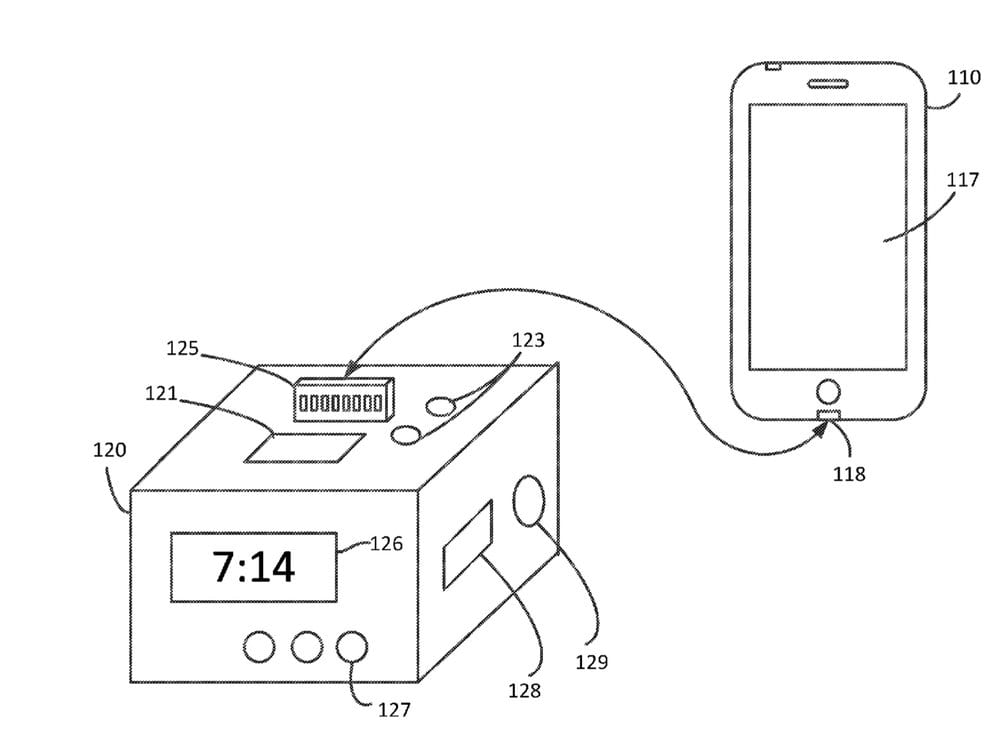A windable Apple watch? iPhones and iPads that tell you when their screens are cracked? A new docking station? These are some of the products that Apple is at least considering.
The company has been granted a patent (number 20170047767) for a “connector-free magnetic charger/winder.” For a long time, wrist watches were powered by a knob on the side that you wound several times a day to keep the timepiece running. We might see an Apple Watch with such a feature.

It’s possible (but unlikely, in my opinion) that Apple might extend this technology to Macs and iOS devices. In the patent summary, Apple notes that electronic devices (phones, audio devices, laptops, calculators, etc.) and some mechanical devices (watches, windup toys, etc.) require cyclical charging or winding. Winding a mechanical device generally requires winding a dial on an outer peripheral portion of the mechanical device.
The dial is connected to a rotor shaft which may, for example, wind a spring. Winding is generally done by a user manually exerting a rotational force on the dial. This may be an inefficient method and also may be an unnecessary use of the user’s energy, notes Apple (though I’ve used a wind-up wristwatch and winding it didn’t use much energy). Naturally, the company feels it has a better idea.
Here’s Apple’s summary of the invention: “A method and apparatus for charging an electronic device include rotating a magnetically attractable element, or element, within the electronic device. Rotating a magnet external to the electronic device simultaneously rotates the element. Rotating the element causes an electrically generating device, such as a generator, to create an electric charge in the electronic device. The electric charge may be used to power the electrically generating device, or the electric charge may be transmitted to an internal power supply in order to charge another component or components. In another embodiment, the external magnet may wind a spring inside a device.”
Moving on, Apple has applied for a patent (number 20170045915)) for “coverglass fracture detection.” It would allow iPhones and iPads to alert you when their screen is cracked, even if its a hairline fracture hard to see with the naked eye.

Here’s Apple’s summary of the invention: “This application relates to methods and apparatus for detecting and characterizing the formation of cracks in a display cover. Various types of sensors can be used to accomplish the described embodiments. For example, a touch sensor can be utilized for detection and characterization purposes. Alternatively, a crack detection specific sensor or sensors can be added to a device.
“In some embodiments, when formation of a crack is detected, a device having a sensor that detects a crack can adjust its behavior depending upon how the crack is characterized. For example, the device can be configured to notify a user of the device of any or all systems of the device that will be affected by the detected crack. In some embodiments, crack characterization data can be sent to a device manufacturer to improve subsequent device models.”
Finally, Apple has been granted a patent for “power distribution in a docking station.” It would involve a new charging unit for iPhones and iPads.

Here’s Apple summary of the invention: “Docking stations that may facilitate the sharing or transfer of power among a portable computing device, a docking station, and an accessory. One example may provide power from an accessory to a portable computing device. Switches may be used to avoid harm from inadvertent contact with voltages on exposed terminals. Another example may provide power directly from a battery on a portable computing device to an accessory.
“Another may limit this direct connection to a first type of accessory. Examples may limit a power connection to another type of accessory through a regulator. Another example may power one or more internal circuits either through a portable computing device or an accessory, depending on a mode of operation of the portable computing device.”
Of course, Apple files for — and is granted — lots of patents by the U.S. Patent & Trademark Office. Many are for inventions that never see the light of day. However, you never can tell which ones will materialize in a real product.




